In the latest chapter of One Piece, Eiichiro Oda has stunned fans by officially showcasing two of the most iconic and powerful Devil Fruits in the series — Kaido’s Fish-Fish Fruit, Model: Azure Dragon, and Bartholomew Kuma’s Paw-Paw Fruit. These fruits, both legendary in their own right, have long stood as symbols of ultimate power and mystery within the world of One Piece. Now, with their reappearance in the manga’s newest chapter, Oda has reignited global fan excitement and debate about their deeper connection to the story’s ongoing Void Century revelations.
The Return of the Azure Dragon
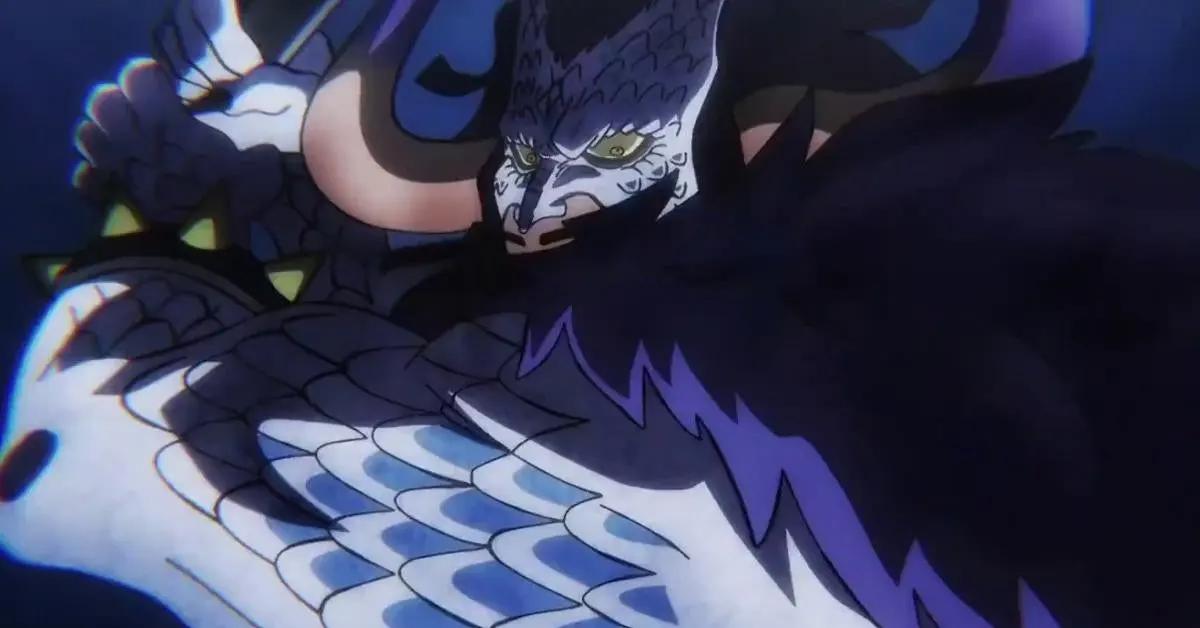
The Fish-Fish Fruit, Model: Azure Dragon (Uo Uo no Mi, Seiryu), first introduced during the Wano arc, grants the user the ability to transform into a massive Eastern dragon capable of manipulating weather, fire, and flight. Previously wielded by Kaido, the former Emperor of the Sea, this fruit is revered not only for its sheer destructive potential but also for its mythological roots — drawing inspiration from the legendary guardian dragons of East Asian lore.
In the latest chapter, Oda revisits this fruit in a surprising context, hinting that it may have existed long before Kaido’s time and possibly been linked to ancient figures from the Void Century. This revelation suggests that the Azure Dragon model could hold deeper ties to the balance of powers between the ancient kingdoms and the mysterious Imu — the shadow ruler of the world government. The panel showcasing the dragon’s energy reawakening sent shockwaves through the fanbase, as it implies that Kaido’s fruit may have originally been crafted or modified through means connected to ancient technology or godlike beings.
Kuma’s Paw-Paw Fruit Takes the Spotlight
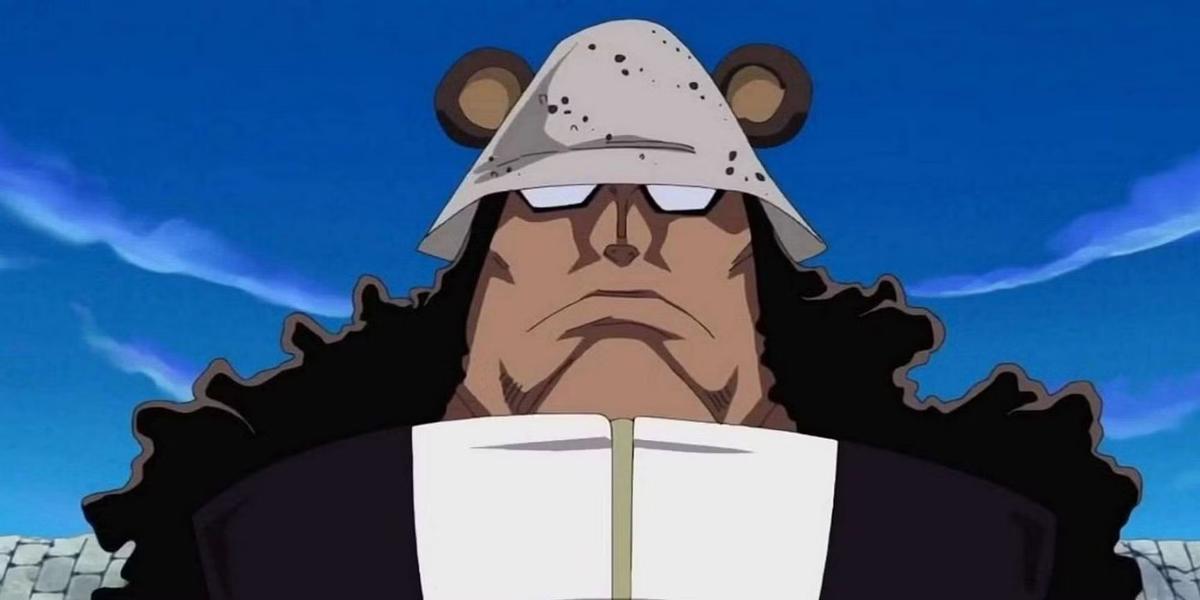
The second fruit highlighted in the chapter is the Paw-Paw Fruit (Nikyu Nikyu no Mi), belonging to the revolutionary Bartholomew Kuma. Known for its bizarre yet versatile abilities, this Paramecia-type fruit allows its user to repel anything they touch — from physical attacks to intangible concepts like pain, memories, and even time itself.
Kuma’s tragic backstory and mysterious transformation into a cyborg have made him one of the series’ most complex characters. However, the new chapter reveals an unprecedented level of detail about the Paw-Paw Fruit’s origins and its connection to a hidden scientific lineage that predates Vegapunk’s experiments. Oda hints that the fruit may have been studied during the Void Century, possibly as part of the ancient research into “soul transference” and “spatial displacement” — powers that were once thought divine. This revelation aligns with recent developments in the manga where Oda explores the link between Devil Fruits and human desires, suggesting that the Paw-Paw Fruit represents the ultimate form of freedom and control over one’s own fate.
A Symbolic Duality: Freedom and Power
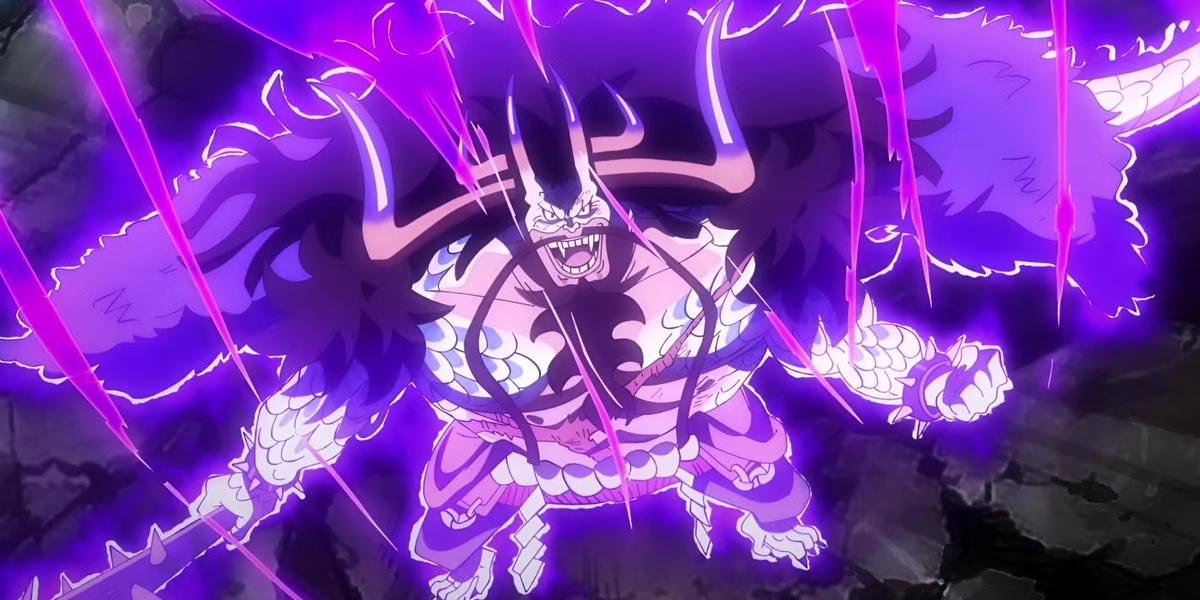
The simultaneous focus on both fruits is no coincidence. Oda’s storytelling often mirrors philosophical themes, and in this case, the Azure Dragon symbolizes divine power and dominance, while the Paw-Paw Fruit embodies freedom and resistance. Kaido once sought to rule through strength, whereas Kuma sacrificed his humanity to protect others — their fruits reflect two opposing yet interconnected ideals.
By bringing these two fruits to the forefront in the same chapter, Oda seems to be weaving a larger narrative thread linking ancient powers, the will of D., and the world’s hidden history. Fans are now speculating whether these fruits were originally part of a set — legendary creations that once belonged to the gods or rulers of the Void Century.
Fan Reactions and Theories
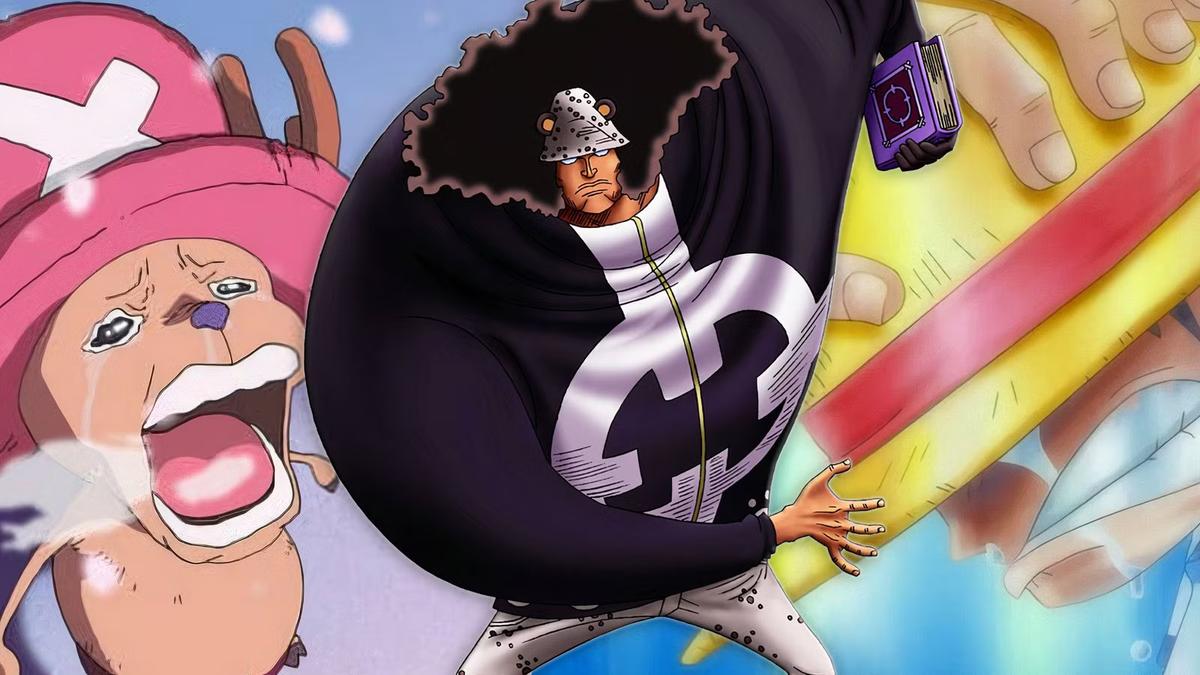
Following the release, social media and fan forums have exploded with theories. Many believe that Oda’s decision to highlight these two fruits together hints at a coming revelation about the origins of all Mythical Zoans and special Paramecia fruits. Some fans even theorize that Vegapunk’s research into Devil Fruits was inspired by ancient artifacts connected to these two legendary abilities.
Others suggest a more symbolic reason — that the Azure Dragon and Paw-Paw Fruits foreshadow the ultimate clash between oppressive power (the World Government) and liberation (the Revolutionary Army and Luffy’s ideals).
Conclusion
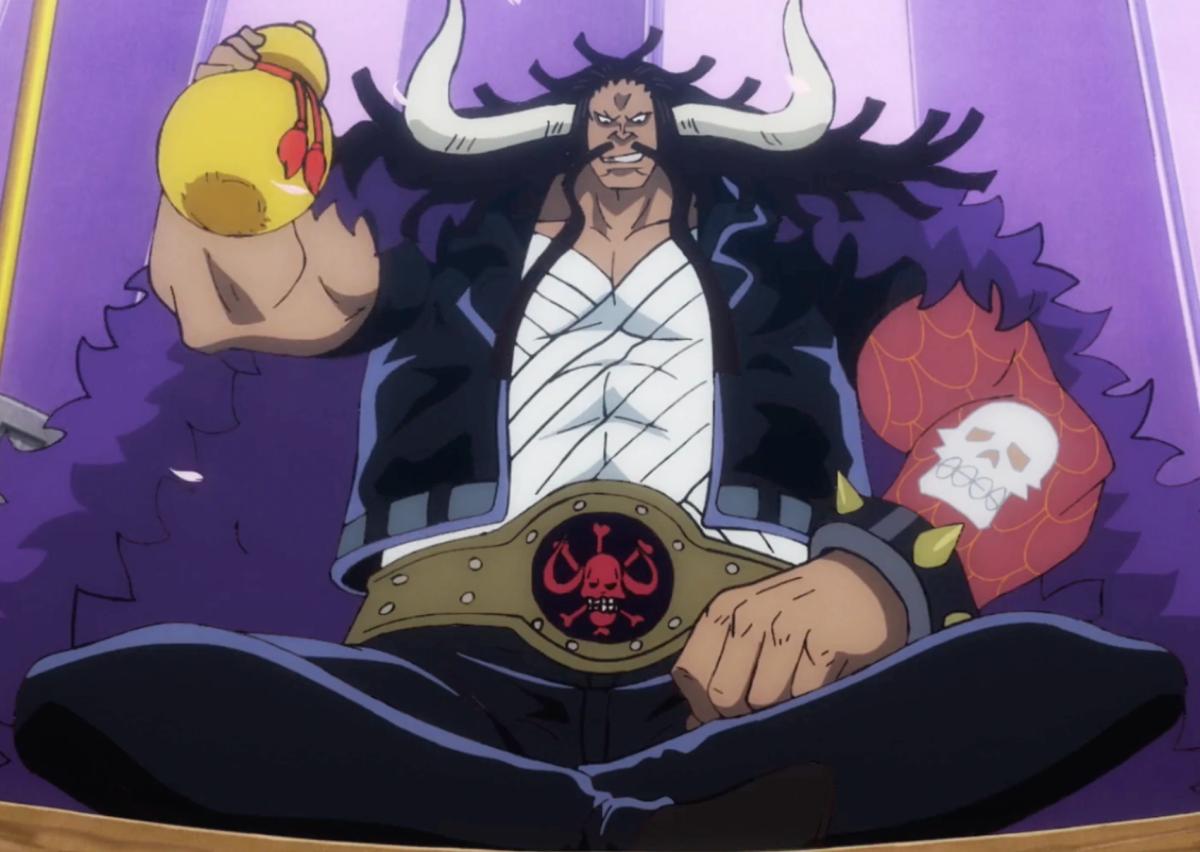
Eiichiro Oda continues to prove why One Piece remains a storytelling masterpiece even after more than two decades. By revisiting and deepening the lore behind two of the series’ most legendary Devil Fruits, he has not only reignited fan discussions but also pushed the narrative closer to uncovering the mysteries of the Void Century.
As One Piece heads into its most critical phase, fans can expect more ancient connections, divine powers, and emotional revelations — all centered around the very fruits that shaped the world’s balance of power.







